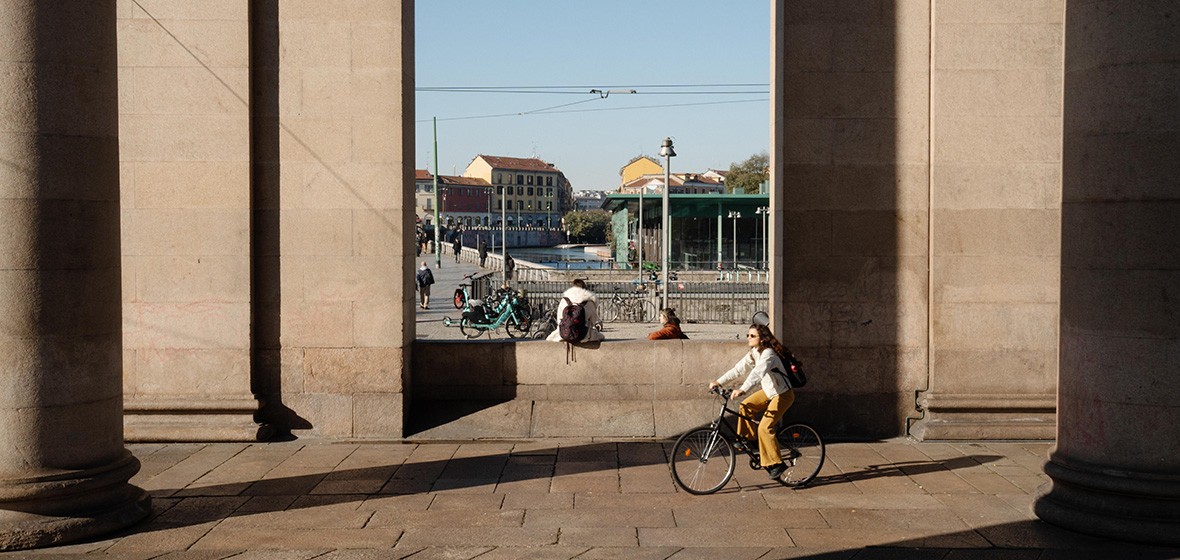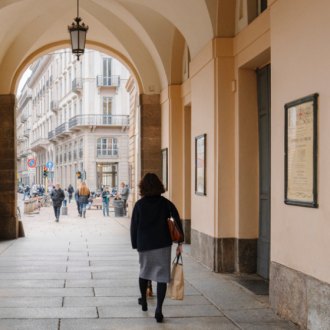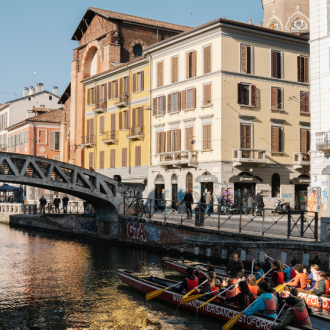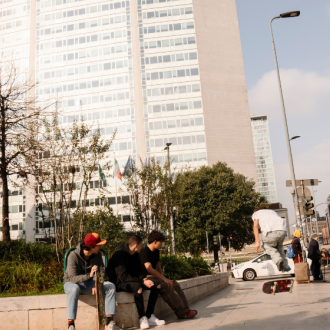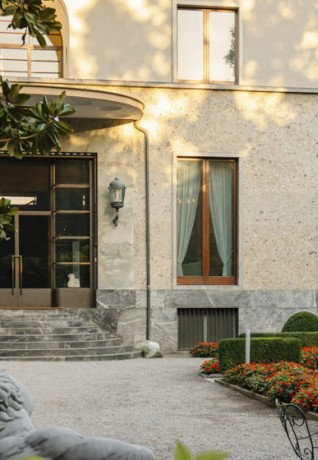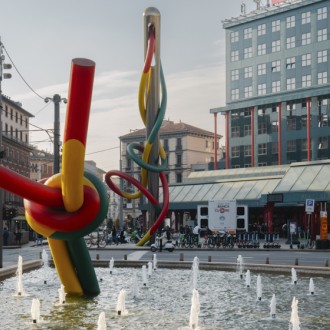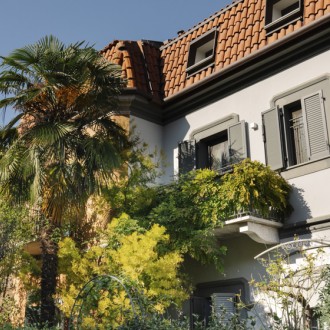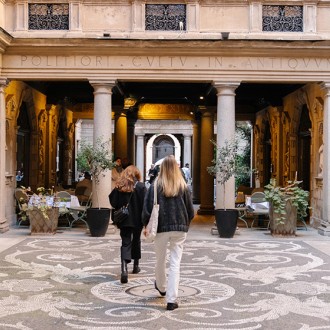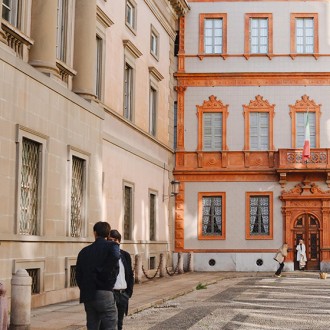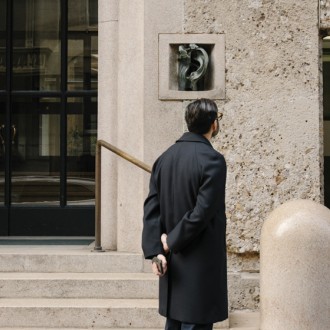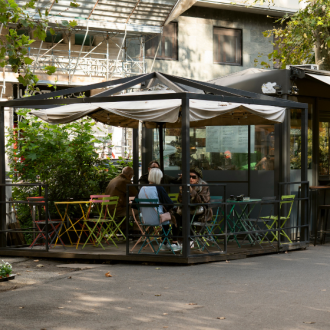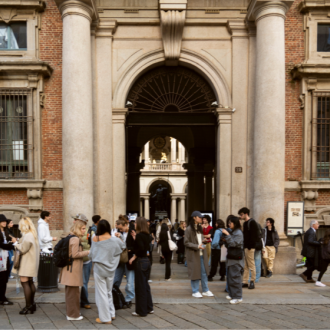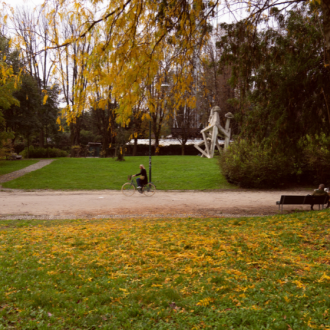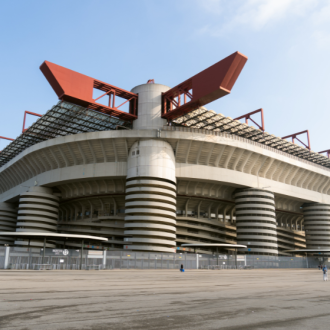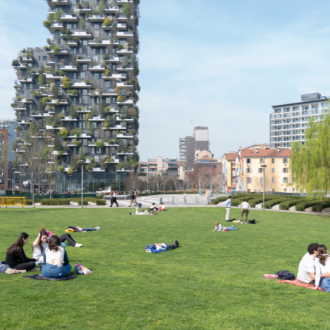Up until a century ago, Milano was crossed by many canals used to transport people and good, especially marble for the construction of the Duomo cathedral. While many of the canals, known as the Navigli, have now been filled in, their legacy lives on, and their timeless beauty continues to inspire writers and intellectuals. The book “La Milano dei Navigli. Passeggiata letteraria” opens a window into the past, allowing you to envision the city that once thrived along the waterways.
Once set across one of the Navigli canals, it was moved and then placed inside Parco Sempione, in the perfect place to take pictures in any season. From here, you can reach the many attractions of the park: Triennale Milano with its Design Museum, the Branca tower with views over the city, and the Sforzesco Castle with its many museums.
Travel back in time to explore the Archi di Porta Nuova, well-preserved arches that offer a look into the city’s medieval history. These ancient walls serve as silent witnesses to Milano’s evolution. We are between Brera, the artistic district where you can visit the renowned Pinacoteca art gallery and get lost among its cobblestone alleys, and Porta Venezia, the city’s coolest neighborhood where you can stop for an aperitivo or an ethnic dinner.
Our journey continues to Villa Reale, also known as Villa Belgiojoso Bonaparte, a residence that once belonged to Napoleon during his time in Milano. Today, the villa is home to the Galleria d’Arte Moderna, the modern art museum, where you can enjoy masterpieces like “The Fourth Estate” painting by Pellizza da Volpedo. The exquisite English garden is today a play retreat for children (adults are allowed inside only if accompanying them).
The journey ends at Arco di Porta Ticinese, another historic gateway to the city where the Navigli create an artificial basin called Darsena. Here, Milanese people spend relaxing moments watching the water and the boats while having an aperitivo. This arch was erected to commemorate Napoleon’s victories over the Austrians but at the end of the Napoleonic Wars, a Latin inscription reading “To peace that frees peoples” was added by the winning Austrians. As you pass through this arch, take a moment to reflect on the pivotal moments in Milano’s past that have shaped its present.
Initiative created thanks to the resources of the Development and Cohesion Plan of the Italian Ministry of Tourism "Piano di Sviluppo e Coesione del Ministero del Turismo"

 Log in
Log in
